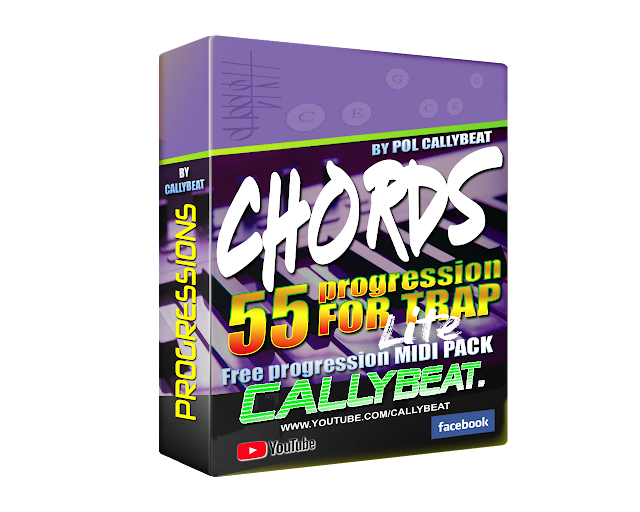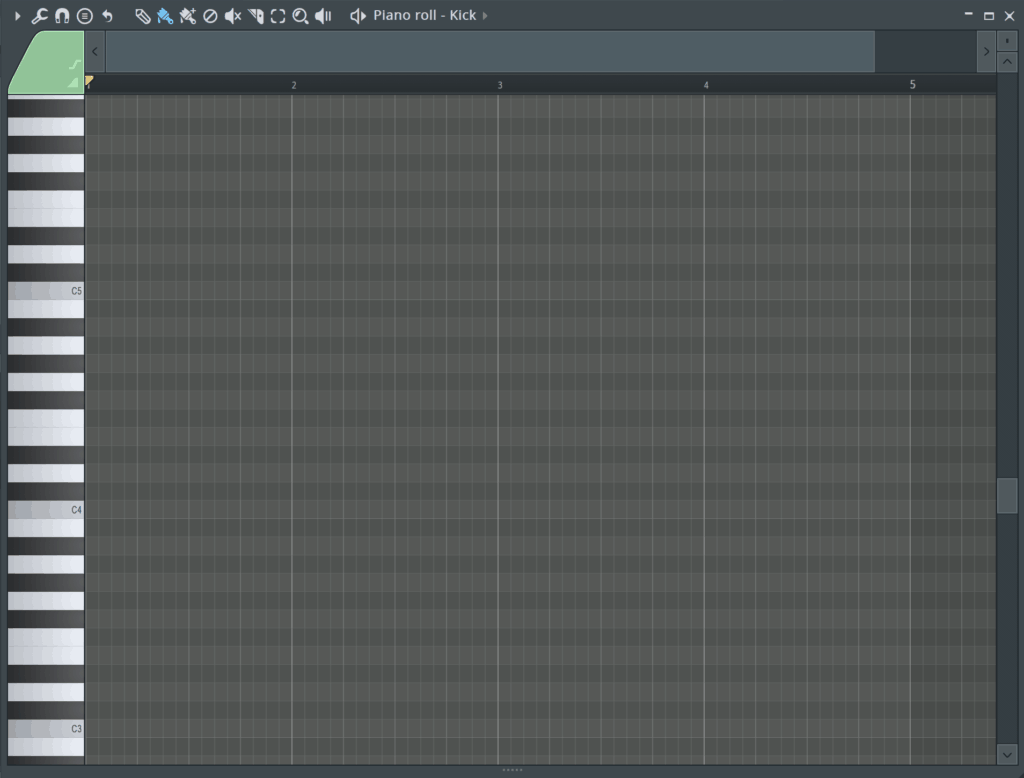
The free version of this beat is NOT available for streaming services such as Spotify or Apple Music. This means YouTube or Soundcloud use with NO monetization. Any social media use of my beats require credit to me IN THE CAPTION free version of this beat is available for non-profit, evaluation purposes only. USE CODE “servida” to get 10% off a shortcut mousepad!įOR COLLABORATIONS AND CONSULTATIONS EMAIL ME ATĪbsolutely ANY USE of my beats (Including leased beats) REQUIRE CREDIT IN THE TITLE (Prod. GO TO THIS LINK TO GET 60% OFF YOUR MIDI CHORD PACK: Once you learn this it will change the way you see chords, progressions and harmony overall! After that we make a super fun beat in FL Studio using one of the chord progressions from the pack! Let me know what you think!

As I was looking through it, I realized I never taught you guys about Roman Number Chord Progressions. With these steps, it will make it easier for me to start in my tutorials for songs and understand the reasoning behind every move.In this video, Unison Audio hooked me up with their MIDI Chord Pack. This is where you take the roots of the chords and mess with them to find a good melody, then make them into their chords. The last tip is to test the root notes of the progression.

There are four types of Cadence chords which are Authentic, Plagal, Half, and Deceptive Cadences and they all try to tell the listener that the song is coming to an end. This is the chord right before the last chord of the progression. Also, you should end your progression with a diatonic major or minor depending what you started with. This is basically to use a chord out of your key where you see fits. The next tip is to use Non-Diatonic Chords to “spics up” your progressions. This basically says to use chords that follow the key in a way to move your progression. Diatonic chords are the chords that are in your key. A chord can be set up to include individual notes spread out over several octaves (two octaves both below and above the octave of the trigger note).

The next tip is to move in your diatonic chords. Play complicated chord progressions with one finger, with a MIDI keyboard or a drum-pad, or trigger chords from single notes added in your DAWs piano roll. This is to help with looping as well as give it a more pleasing sound. The next tip is to begin and end with the same chord or key. The First thing to is is to start with a triad chord, which means a chord of three notes.

I’ve been researching in ways to start diving into making your own chord progression. This week, I dug a little deeper into chord progression.


 0 kommentar(er)
0 kommentar(er)
